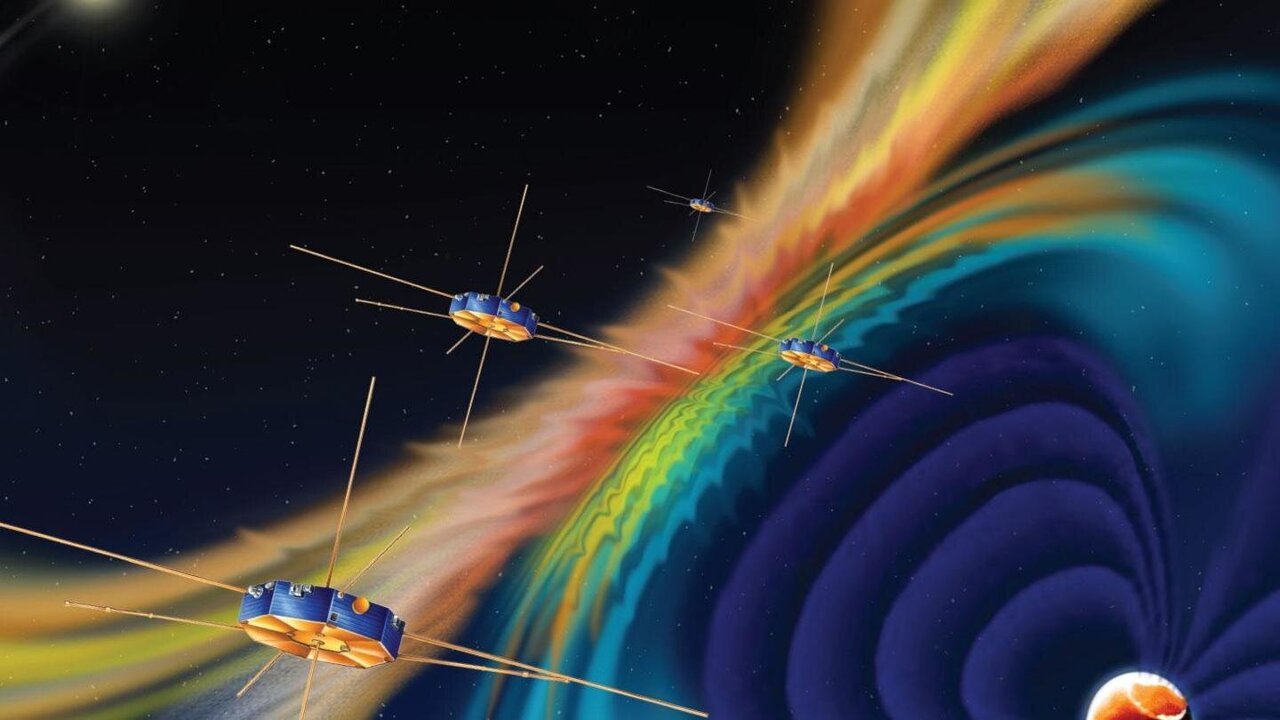Scientists have made a breakthrough in predicting the timing and intensity of the solar wind’s impact on Earth’s magnetic field, which can disrupt satellites and damage electrical grids. Led by James Juno from the Princeton Plasma Physics Laboratory, the research team used a technique called “field-particle correlation” (FPC) to study shock waves composed of plasma and their effects on plasma blobs in outer space.
FPC is an algorithm that analyzes data from spacecraft or computers to track changes in the energy of magnetic fields and moving plasma particles. By examining the positions and velocities of these particles, FPC provides precise information about their behavior during energy exchanges.
Juno explained that although some of the findings were already known, the study of heat transfer in this way was unprecedented. The success of the technique suggests new perspectives on old problems and opens up possibilities for further investigation.
Plasma is the focus of study for researchers at the Princeton Plasma Physics Laboratory because it is the fuel for fusion reactions in devices like tokamaks and stellarators. Understanding plasma behavior is crucial for harnessing fusion energy to generate electricity without harmful emissions or radioactive waste.
The FPC technique unveiled previously unobserved plasma behavior, allowing scientists to identify which regions of the plasma heat up and the specific processes responsible for the heating. Traditional methods only provide general information about plasma heating.
Juno emphasized that different parts of the plasma respond to shock waves in various ways, highlighting the importance of a holistic understanding of these interactions. The FPC technique can determine the energy of individual particles at specific positions and identify the regions where shock waves transfer energy. Previous methods were unable to distinguish between the diverse processes involved.
To conduct their research, Juno and his colleagues employed the FPC technique on data generated by a plasma simulation program called Gkeyll. Developed by the Princeton Plasma Physics Laboratory, the code simulates the motion of plasma particles around magnetic field lines in tokamak fusion facilities. Ongoing improvements to the program aim to enhance its capabilities.
FPC can also be applied to data from space missions like NASA’s Magnetospheric Multiscale (MMS) mission, which involves four satellites studying the region of space affected by Earth’s magnetic field. By using FPC, scientists can gain insights into the three-dimensional structure of energy transfer.
The ability of the FPC technique to provide new knowledge about the world is particularly exciting for Juno. While supercomputers can replicate plasma shock waves, the FPC technique offers the potential to uncover novel discoveries.
Source: Princeton Plasma Physics Laboratory

